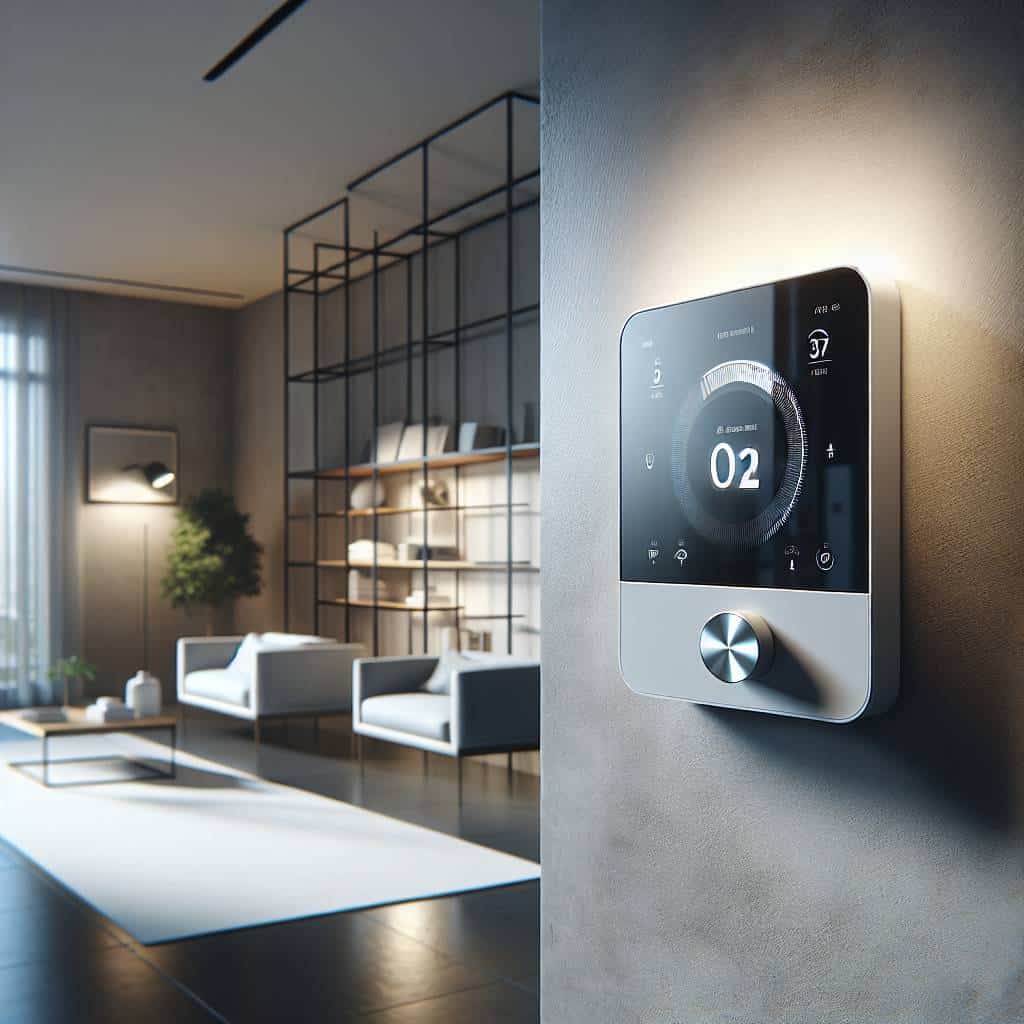I remember the first time I met a smart thermostat. It was a Nest, and I was convinced it was sent from the future to make my life easier. Spoiler alert: it wasn’t. Instead, I found myself in a battle of wits with a device that seemed to have its own agenda. I wanted warmth, it wanted efficiency. I wanted simplicity, it offered complexity wrapped in a sleek, modern shell. And then came the Ecobee, whispering promises of better sensors and remote control. But here’s the thing—many of these “features” often feel like shiny rims on a car that hasn’t had an oil change in years.

So, let’s cut to the chase. In this article, I’m going to tear down the Ecobee and Nest, bolt by bolt. We’ll dig into the nitty-gritty of what they offer, from the promise of saving money to the reality of their installation quirks. We’ll look at the features that sound good on paper, but might leave you scratching your head in practice. In the end, my goal is simple: to give you the roadmap you need to decide which one, if any, deserves a spot on your wall. Let’s get our hands dirty and see which smart thermostat really goes the distance.
Table of Contents
The Remote Battle of Wits: Saving My Money or My Sanity?
Picture this: you’re standing at a fork in the road—one path says “Ecobee,” the other “Nest.” Each promises a smarter home, sleek savings, and the kind of convenience that’s supposed to make your life feel like a cruise down an open highway. But the real journey? It’s more of a winding back road, complete with potholes. The battle of wits between you and these so-called smart thermostats might just boil down to a tug-of-war between your wallet and your mental well-being.
You’ve got Ecobee, whispering sweet nothings about its room sensors and remote controls. It wants you to believe that with all its features, you’ll save enough cash to buy a new set of tires. Then there’s Nest, with its self-learning algorithm that supposedly knows you better than you know yourself. But here’s the rub: every time I try to outsmart these gadgets, I find myself knee-deep in a labyrinth of tech support chats and app settings, wondering if I’ve somehow wandered into a digital Bermuda Triangle.
Installing these systems is like trying to rebuild an engine with a blindfold on. The promises of easy installation? More like a scavenger hunt for the right wiring and Wi-Fi signals strong enough to reach the moon. And the more time I spend fiddling with these features, the more I question if the whole rigmarole is worth the few bucks saved on my energy bill. So, is it money or sanity that wins out in the end? In my experience, the answer isn’t clear-cut. It’s a head-scratching puzzle where sometimes, just sometimes, the thrill of solving it is worth the ride.
The Cold, Hard Truth About Smart Thermostats
In the battle between Ecobee and Nest, it’s not about saving money—it’s about the remote control over your comfort and the sensors that promise to know your home better than you do. But remember, the real winner is the one who gets your installation dollars.
The Thermostat Tango: My Final Tune-Up
So there I was, staring at the wall where my old thermostat used to hang, wondering if I’d just traded old problems for new ones. Installing these ‘smart’ contraptions wasn’t just about swapping out a piece of hardware; it was like inviting a new roommate who thinks they know what’s best for you. Both Ecobee and Nest brought their own quirks to the dance floor—Ecobee with its room sensors like extra eyes I never asked for, and Nest with its algorithmic arrogance, always trying to guess my mood.
In the end, it’s not just about the dollar signs. It’s about finding that sweet spot between convenience and control. I’ve come to appreciate that sometimes, a little manual adjustment can be more satisfying than letting a gadget make all the decisions for you. Because in this techno-chaos, it’s still me behind the wheel, navigating the twists and turns of energy savings and comfort. And that, my friends, is the real victory lap.